
And this often happens - successful models with foreign engines
Content
Finding a suitable engine for a car is not an easy task, especially if the manufacturer does not have it in stock. And sometimes it's pretty easy to get an engine from another company to do the job. There are many such examples in the history of the automotive industry, and for some models this turns out to be a very correct step and, therefore, one of the main reasons for their serious success in the market.
Here are examples from the more distant and recent past that confirm this. The models listed below would probably have met a different fate if they had not found the right partner when choosing an engine. In this case, they are sorted alphabetically.
Ariel Arom–Honda
The British model began life with the Rover K-Series engine, ranging from 120 to 190 hp. However, in 2003, the second generation of the car, which received an engine from Honda, appeared, forcing buyers to open their wallets wide. The K20A develops from 160 to 300 hp. combined with a 6-speed manual transmission.
In 2007, the Atom was powered by a 250 hp Honda Type R engine, and in 2018 it was replaced by a 2,0-liter turbo engine with 320 hp, which was equipped with the latest version of the hot hatch. For its model, the Nomad Ariel uses a 2,4-liter unit, again from Honda, which develops 250 hp. with a mass of 670 kg.

Bentley Arnage – BMW V8
During a complex deal that eventually ended up with BMW and Bentley with the Volkswagen group, it was time for Bentley to produce cars with engines from the Bavarian manufacturer. This bizarre situation led to the first Arnages leaving the Crewe factory with a 4,4-liter twin-turbo V8, and the co-produced Rolls-Royve Silvet Seraph getting a 5,4-liter V12, which is more powerful.
Eventually, Volkswagen replaced the BMW engine with the 6,75-liter V12 that Bentley models still use today. However, most experts believe that the lighter 8bhp V355 is much more suitable for a British car.

Citroen SM-Maserati
In 1967, Citroen acquired 60% of Maserati's shares, and a little later, the French released the shocking SM model. In fact, the French were already planning a coupe version of the legendary DS, but few believe it will get a Maserati V6 engine.
To fall below the 2,7-litre threshold allowed by the French authorities, the Italian V6 engine was downsized to 2670 cc. Its power is 172 hp. and front wheel drive. Later, a 3,0-litre V6 was introduced, mated to an automatic transmission. The model produced 12 units, but it was banned in one of the main markets - the United States, because it did not meet local standards.
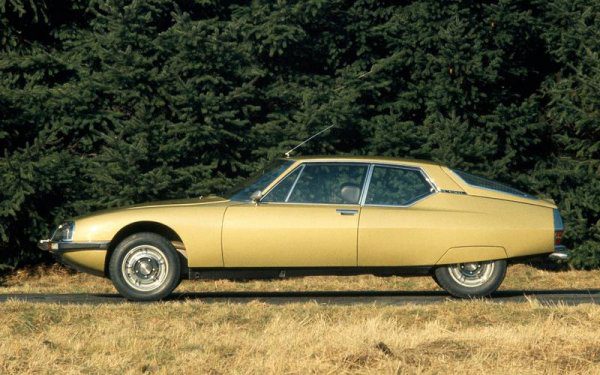
De Lorean - Renault PRV6
The story of De Loréan DMC-2 can serve as a warning to anyone considering starting a car with a large displacement but low power. In this case, the choice falls on the Douvrin V6 engine of the Peugeot-Renault-Volvo alliance. The 6 cc V2849 unit develops only 133 hp, which is not suitable for a sports car.
De Lorean engineers tried to improve the engine design by copying the engine of the Porsche 911, but this was unsuccessful. And if not for the movie "Back to the Future", DMC-2 would surely be quickly forgotten.
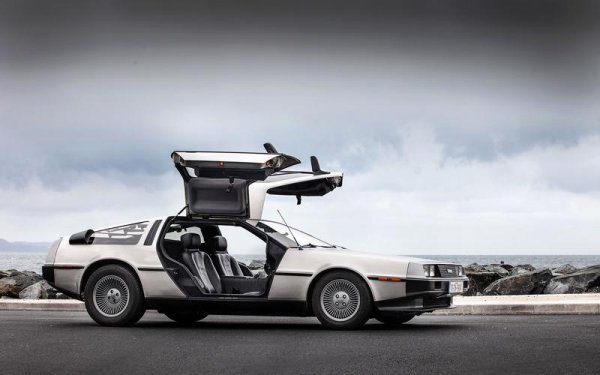
Land Rover Defender - Ford
In 2007, the Land Rover Defender Td5 5-cylinder turbo diesel engine did not meet emission requirements and was replaced by a 2,4-liter Ford engine installed in the Transit van. This device marks a major leap forward in technology and has managed to breathe new life into the aging Defender.
The engine has high torque and relatively low fuel consumption when combined with a 6-speed manual transmission. An updated 2,2-liter version will be released in 2012, and in 2016 it will be used until the end of the life of the previous generation SUV.
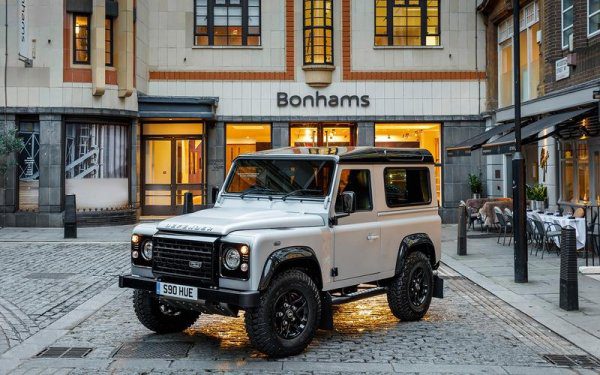
Lotus Elan – Isuzu
The Lotus Elan M100 started life with a Toyota engine, but the company was bought by General Motors and that changed. In this case, an Isuzu engine, owned by GM at the time, was chosen. Lotus engineers have redesigned it to match the qualities of a sports car. The end result is 135 hp. in the atmospheric version and 165 hp. in the turbo version.
Both versions of the new Elan have front-wheel drive and a 5-speed manual transmission. The turbo version accelerates from 0 to 100 km / h in 6,5 seconds and develops 220 km / h. However, this was not enough, as only 4555 units of the model were sold.
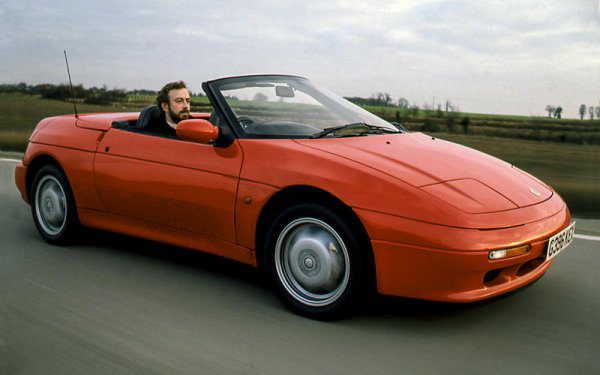
McLaren F1-BMW
McLaren F1 designer Gordon Murray asked BMW to create the right engine for his supercar. The original specification is for the 6,0-liter 100 hp engine. per liter of working volume. However, BMW does not meet exactly these requirements and creates a V12 engine with a volume of 6,1 liters, 48 valves and 103 hp. per liter.
In this case, what is interesting is that the McLaren team in Formula 1 uses a Honda engine when creating the car. So choosing a BMW engine as a supercar is a rather bold decision, but it turns out to be fully justified.
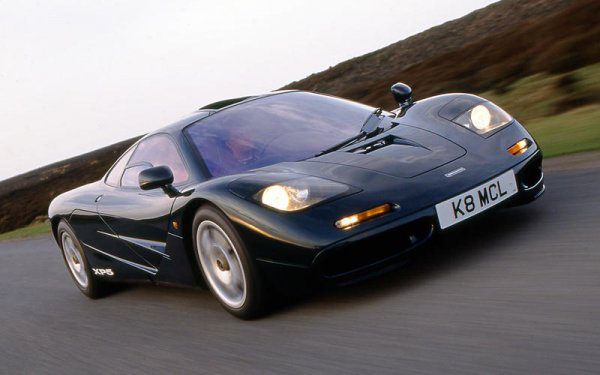
Mini - Peugeot
Considering how much BMW has invested in the British Mini brand since its purchase, it's odd that the second generation of the small car, introduced in 2006, uses Peugeot engines. These are the N14 and N18 engines of 1,4 and 1,6 liters, which are installed on the Peugeot 208, as well as on other models of the PSA alliance of that time.
BMW later corrected this omission and began producing its engines at the Mini UK plant. Thus, the Mini Cooper S version received engines of the BMW 116i and 118i modifications. However, the use of the Peugeot unit continued until 2011.
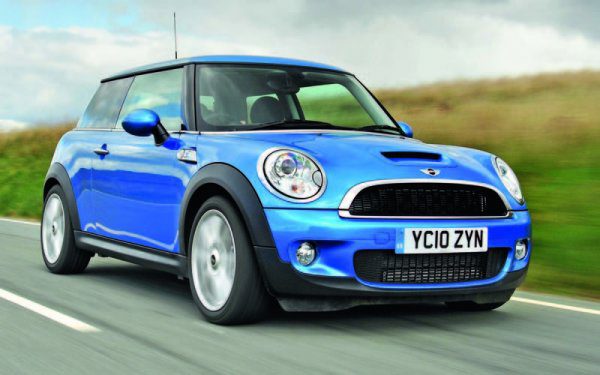
Pagani - AMG
Italian supercar manufacturers tend to either choose their own engines or look for powerful American engines. However, Pagani took a new approach by turning to Germany and AMG in particular. Thus, the first Pagani model, the Zonda C12, was developed with the help of Mercedes-AMG.
The Germans joined the project in 1994 with their 6,0 hp 12-liter V450. combined with a 5-speed manual transmission. This provided acceleration from 0 to 100 km / h in 4,0 seconds and a top speed of 300 km / h. Later, the partnership between Pagani and Mercedes-AMG developed and these figures were improved.
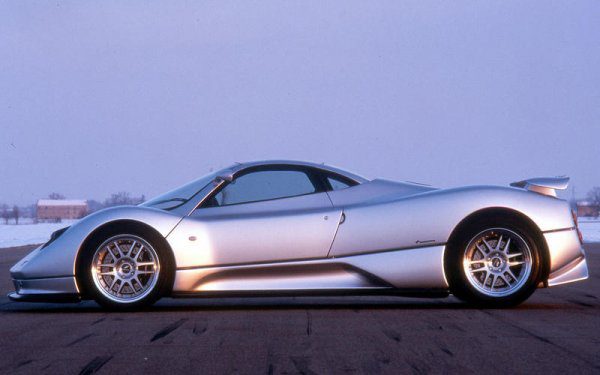
Range Rover P38A – BMW
Since its inception in 1970, Range Rover has quickly become synonymous with the impressive Rover V8 engine. The second generation of the model, the P38A, however, needs a suitable diesel engine to replace the Italian VM and then to their own 200 and 300TDi used on the Classic model. They all failed, so Land Rover turned to BMW and its 2,5 Series 6-litre 5-cylinder engine.
It turned out to be a wise move, as the Bavarian engine was much more suited to a large SUV. Indeed, in 1994, BMW bought Land Rover, so there were no problems with the supply of engines. Engines from the Bavarian manufacturer are also used in the first versions of the third generation Range Rover.
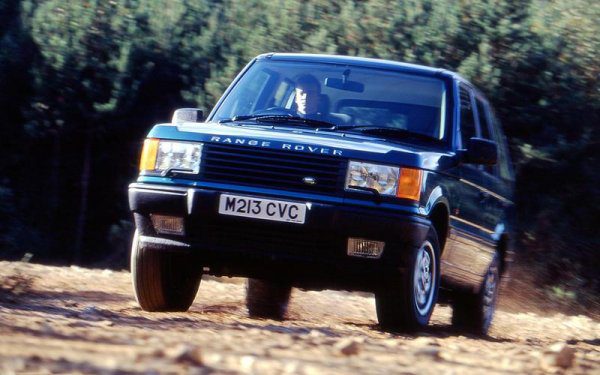
Saab 99 - Triumph
Saab has been developing its own engine since the 1960s, but when the 99th came out, it was looking for an outside supplier. Thanks to the British company Ricardo, which was working with Saab at the time, the Swedes learned about the new 4-cylinder Triumph engine.
In the end, Ricardo managed to remake the engine to fit in the new Saab 99 by mating it to a Swedish manufacturer's gearbox. To do this, a water pump is mounted on the top of the motor. A total of 588 examples of 664 models were built, of which 99 were Turbo versions.

SsangYong Musso-Mercedes-Benz
The SsangYong Musso has never been anything but a budget SUV to compete with Land Rover and Jeep models. However, it has a secret weapon under the hood - Mercedes-Benz engines, thanks to which the Korean car receives serious support.
The first engine is the 2,7-liter 5-cylinder turbodiesel that Mercedes-Benz puts in its own E-Class. The Musso is quite noisy, this changes when it comes to the 6-litre 3,2-cylinder engine. It directly launches the Korean model, allowing you to accelerate from 0 to 100 km / h in 8,5 seconds. Mercedes also supplied the 2,3-litre petrol engine from 1997 until Musso's end of life in 1999.

Toyota GT86 – Subaru
The birth of the Toyota GT86 by Toyota and its sibling Subaru BRZ took a lot of time and negotiations between the two Japanese companies. Toyota buys a stake in Subaru, but its engineers are skeptical about the sports car project. In the end, they got involved and helped design the 4-cylinder engine used in both models.
Dubbed the FA2,0 from Subaru and the 20U-GSE from Toyota, this 4-liter unit is typically naturally aspirated, naturally aspirated, as is typical of Subaru models. It develops 200 hp and the power is transmitted to the rear axle, which makes driving very fun.

Volvo 360-Renault
Not one, not two, but three Renault engines ended up in a compact Volvo. The smallest of these is the 1,4 hp 72-liter petrol engine, but the more attractive one is the 1,7 hp 84-liter engine, which is available in some markets with a 76 hp catalytic converter. .
In 1984, a 1,7-liter turbodiesel with 55 hp appeared, which was produced until 1989. During the 300 range, Volvo sold 1,1 million Renault-powered vehicles.

